Dior’s haute couture show set was an ode to goddesses and the divine female
Created by Italian artist Marta Roberti, Dior’s haute couture set featured embroidered drawings of goddesses, animals, and Roberti’s own self-portraiture
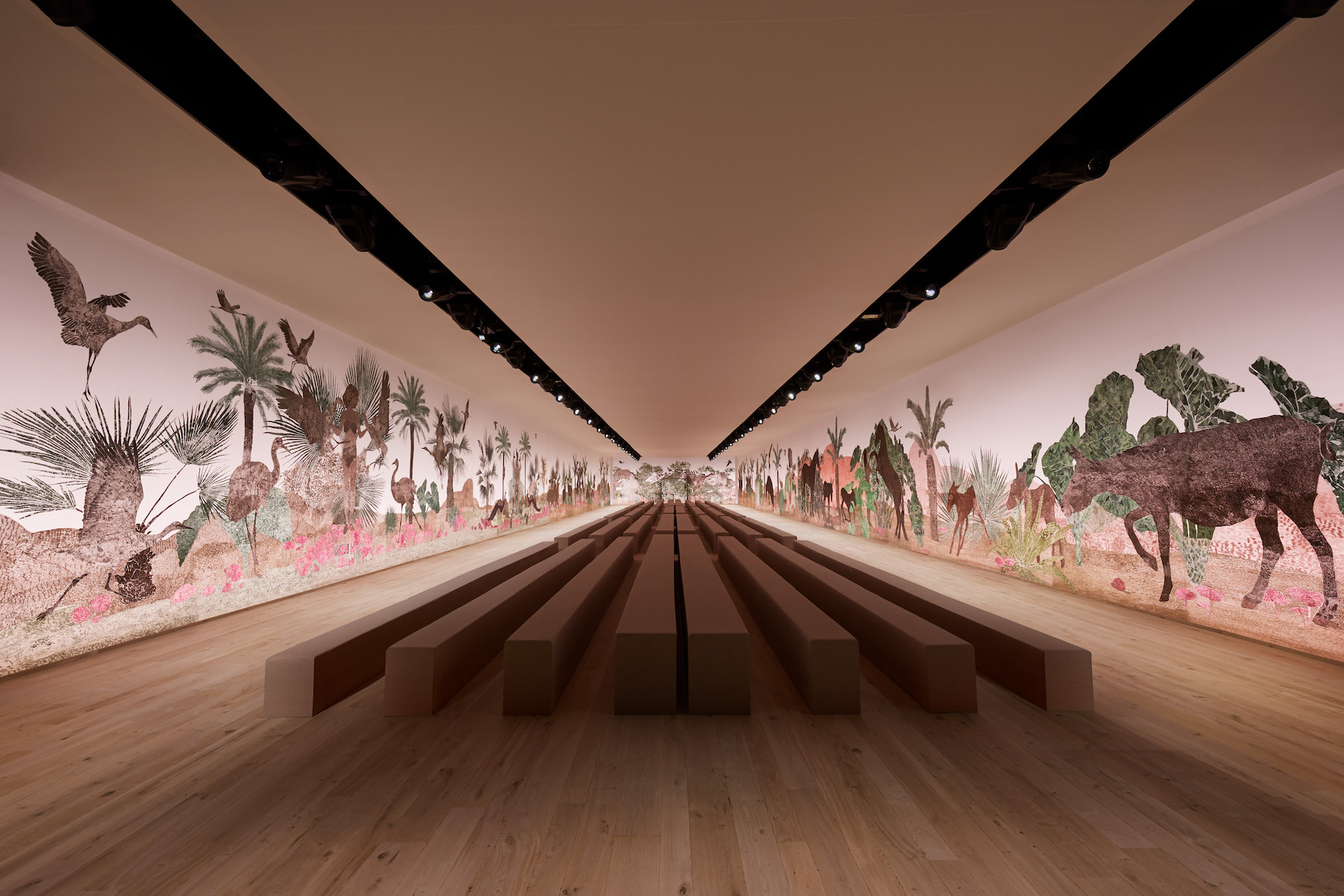
During her near-seven-year tenure as womenswear creative director of Dior, Maria Grazia Chiuri has forged a rich collaborative relationship with the art world – notably, with a series of women artists and creatives who reflect her own feminist approach to design. It began with a T-shirt printed with ‘We Should All Be Feminists’ in her debut S/S 2017 collection (the title of an essay by Nigerian author Chimamanda Ngozi Adichie, who watched on from the front row); since, artistic collaborators have included Judy Chicago, Sharon Eyal, Mickalene Thomas and Grace Wales Bonner, among others, working on diverse projects including show sets, choreography, and one-of-kind garments.
It was little surprise, then, that Chiuri once again turned to a female artist to create the dramatic show set for her latest haute couture show held in Paris earlier today (3 July 2023). This time, it was Italian compatriot Marta Roberti (b. 1977), who lives and works in Chiuri’s birth city of Rome and is known for her meditative drawings which feature indistinct outlines and fragmented forms. ‘[It is the] primitive need to isolate shapes from an indefinite background from which they emerge and which can be disturbing,’ Roberti has previously said of her work, where recurring motifs include goddesses, animals, mythic landscapes and self-portraiture.
Artist Marta Roberti’s set for Dior Haute Couture A/W 2023
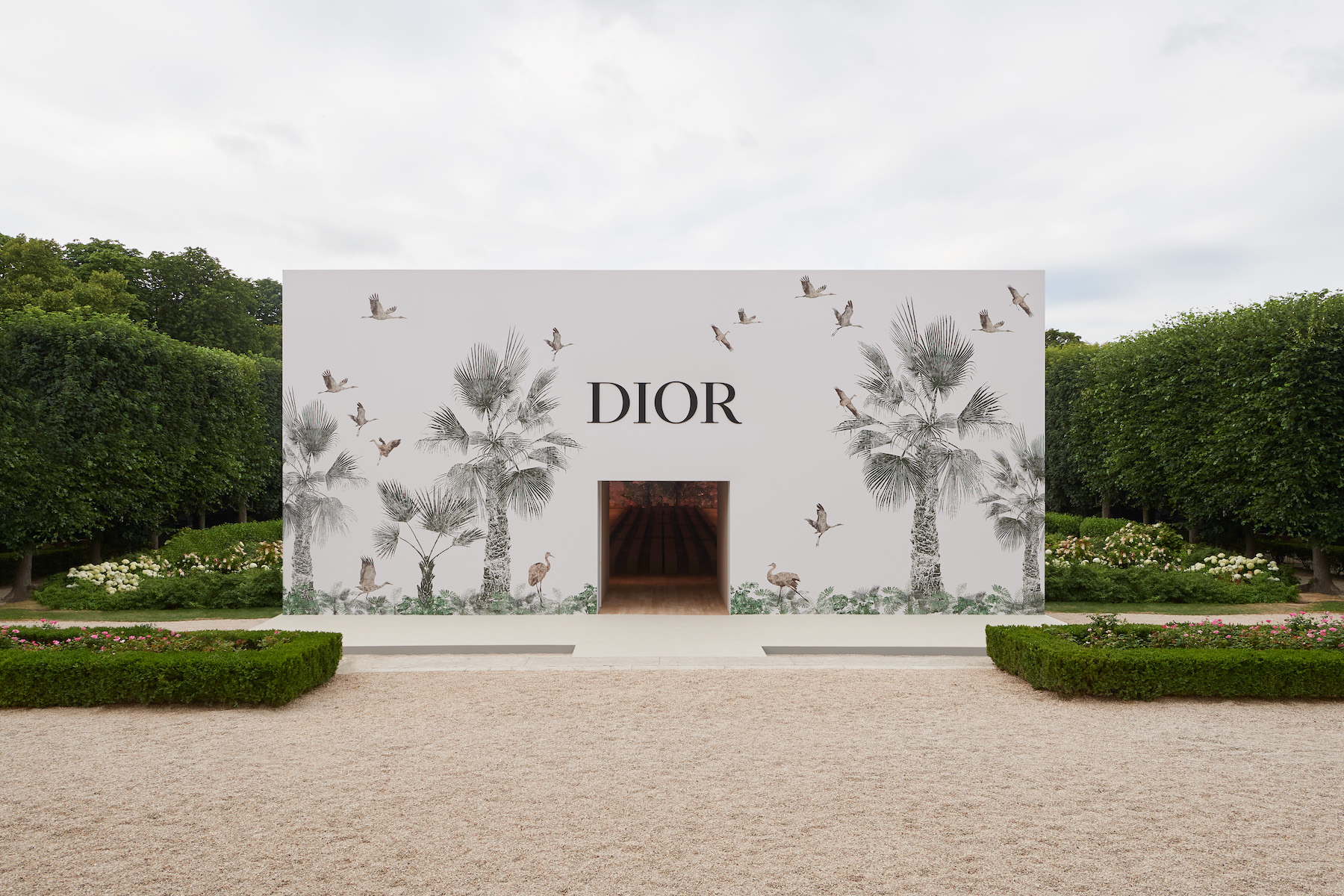
The exterior of the set, housed at Musée Rodin in Paris
Goddesses, in particular, are a fixation of the artist, all the way back to those from the Neolithic period (Roberti cites the influence of feminist archaeologist Marija Gimbutas, who posited that early Stone Age societies were egalitarian and in ways matriarchal, with men and women united in worshipping female deities). ‘In my artistic practice over the last few months, I’ve been exploring the various incarnations of the goddess in the cultures of the Mediterranean, Asia and Central America,’ explains Roberti of the origins of the set, which pays ode to goddesses and the divine female.
‘I studied the iconography of the various goddesses, who are almost always associated with animals, and I reproduced myself by imitating their postures, initially in a performative way,’ she continues. ’I copied their poses and movements with my body, embodying their strangeness until I made them my own. The result is large drawings – now embroidered on large fabrics in Mumbai by the Chanakya ateliers – in which I represent myself in the guise of various ‘archaic goddesses’.” (Chanakya, known for its intricate traditional embroidery, has collaborated with Chiuri several times prior, including Dior’s recent pre-fall show in Mumbai).
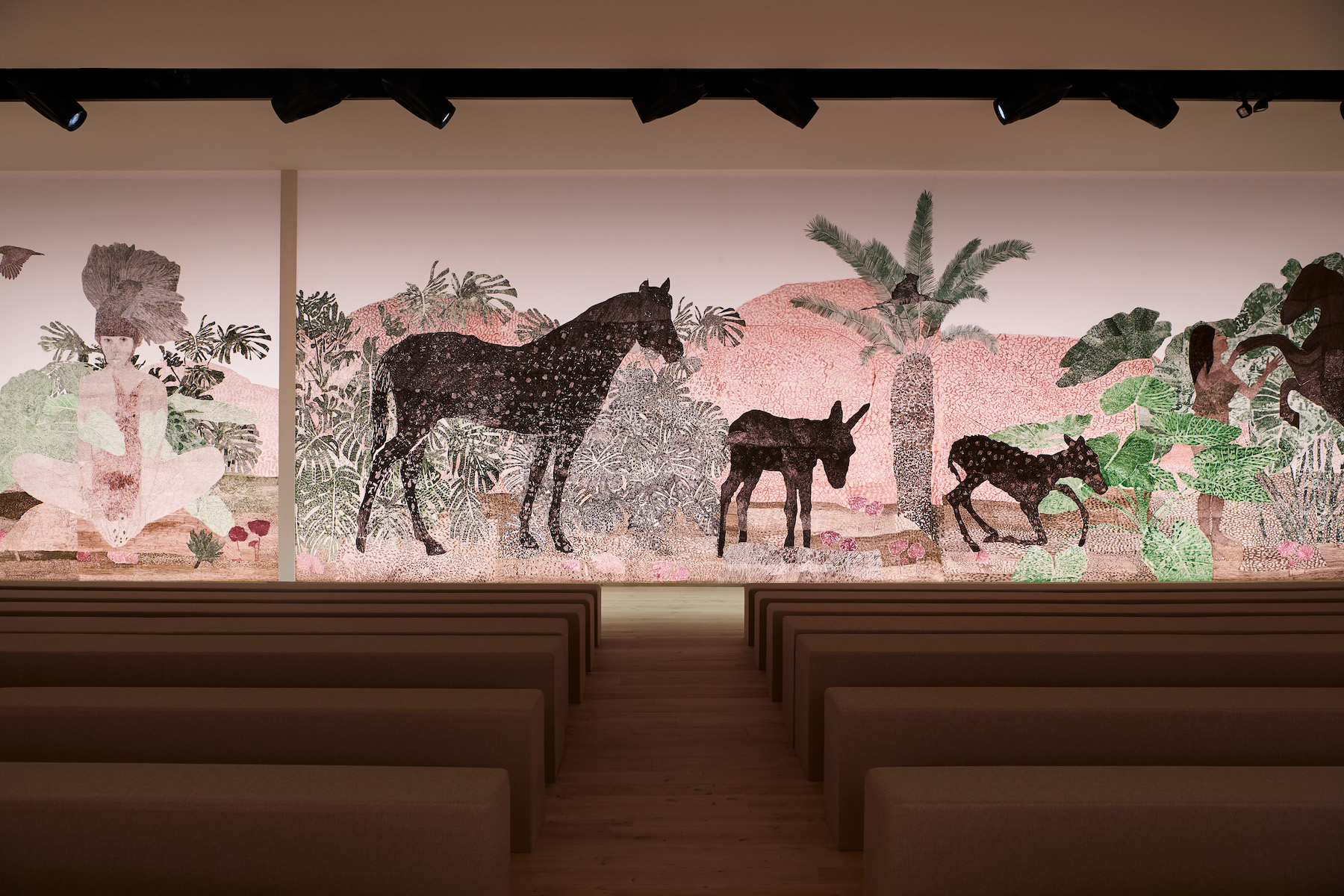
Animals feature prominently in Roberti’s work
Titled ‘Ancestors of a Time to Come’ – ‘I try to imagine myself as an ancestor of a time to come,’ says Roberti – the set provided a reflection of the show itself, which saw Chiuri muse on temporality. ‘Couture evolves according to a liturgical rhythm, where the past is integrated into every beat of the present,’ she said via the collection’s accompanying notes. ‘In the atelier, there are no paper patterns, as the sketched form is morphed into a dress in the image of the imprint, embracing the body’s singularity.’
As such, in shades of white, beige, silver and gold, the dramatic looks explored the relationship between couture and the body. Jackets and coats skimmed the model’s forms with pleating beneath the chest (Chiuri said she wanted to evoke ‘classical statues and the fluting of columns’), capes recalled ecclesiastical dress, while column gowns had a reduced, monastic beauty. Elements of the richness and adornment synonymous with haute couture emerged throughout: whether pearls delicately embroidered onto garments with silver thread, rich brocades, tassels, or shimmering flowers decorating sheer fabrics.
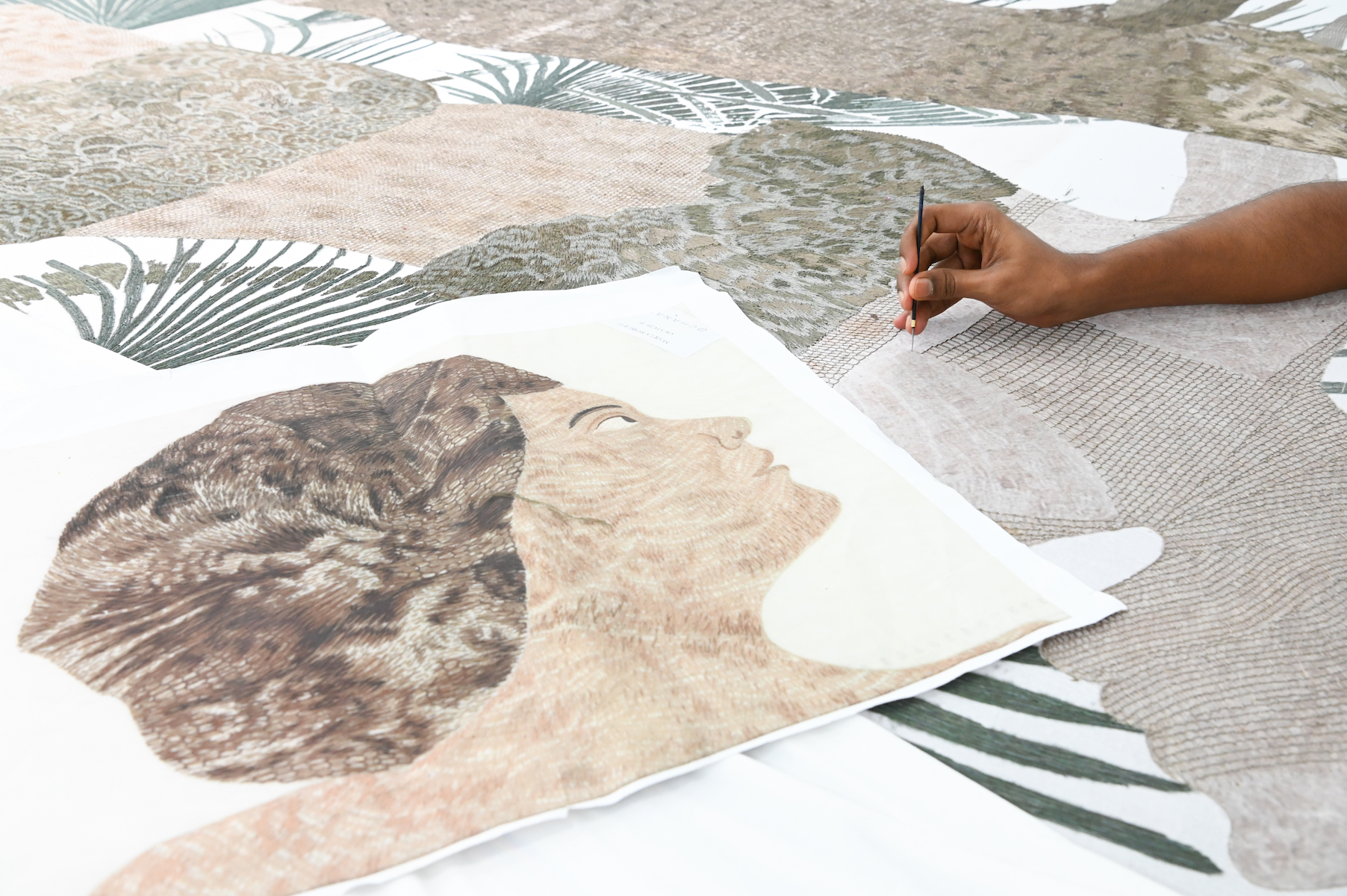
Embroiderers from the Chanakya atelier in Mumbai, India, work on Roberti’s designs
‘By perpetuating the cult of the goddess and reinterpreting the founding emblems of antiquity, the défilé becomes a contemporary ritual, illustrating the strength and fragility of femininity, which supports and sustains the community we form,’ said the house. ‘Recalling the past, it guides us towards a vision of the future endowed with sensitivity and essential attention to detail.’
Wallpaper* Newsletter
Receive our daily digest of inspiration, escapism and design stories from around the world direct to your inbox.
Marta Roberti’s installation, exhibited in the gardens of the Musée Rodin, is on show to the public from July 4 – 9, 2023.
Jack Moss is the Fashion Features Editor at Wallpaper*, joining the team in 2022. Having previously been the digital features editor at AnOther and digital editor at 10 and 10 Men magazines, he has also contributed to titles including i-D, Dazed, 10 Magazine, Mr Porter’s The Journal and more, while also featuring in Dazed: 32 Years Confused: The Covers, published by Rizzoli. He is particularly interested in the moments when fashion intersects with other creative disciplines – notably art and design – as well as championing a new generation of international talent and reporting from international fashion weeks. Across his career, he has interviewed the fashion industry’s leading figures, including Rick Owens, Pieter Mulier, Jonathan Anderson, Grace Wales Bonner, Christian Lacroix, Kate Moss and Manolo Blahnik.
-
 Japan in Milan! See the highlights of Japanese design at Milan Design Week 2025
Japan in Milan! See the highlights of Japanese design at Milan Design Week 2025At Milan Design Week 2025 Japanese craftsmanship was a front runner with an array of projects in the spotlight. Here are some of our highlights
By Danielle Demetriou
-
 Tour the best contemporary tea houses around the world
Tour the best contemporary tea houses around the worldCelebrate the world’s most unique tea houses, from Melbourne to Stockholm, with a new book by Wallpaper’s Léa Teuscher
By Léa Teuscher
-
 ‘Humour is foundational’: artist Ella Kruglyanskaya on painting as a ‘highly questionable’ pursuit
‘Humour is foundational’: artist Ella Kruglyanskaya on painting as a ‘highly questionable’ pursuitElla Kruglyanskaya’s exhibition, ‘Shadows’ at Thomas Dane Gallery, is the first in a series of three this year, with openings in Basel and New York to follow
By Hannah Silver
-
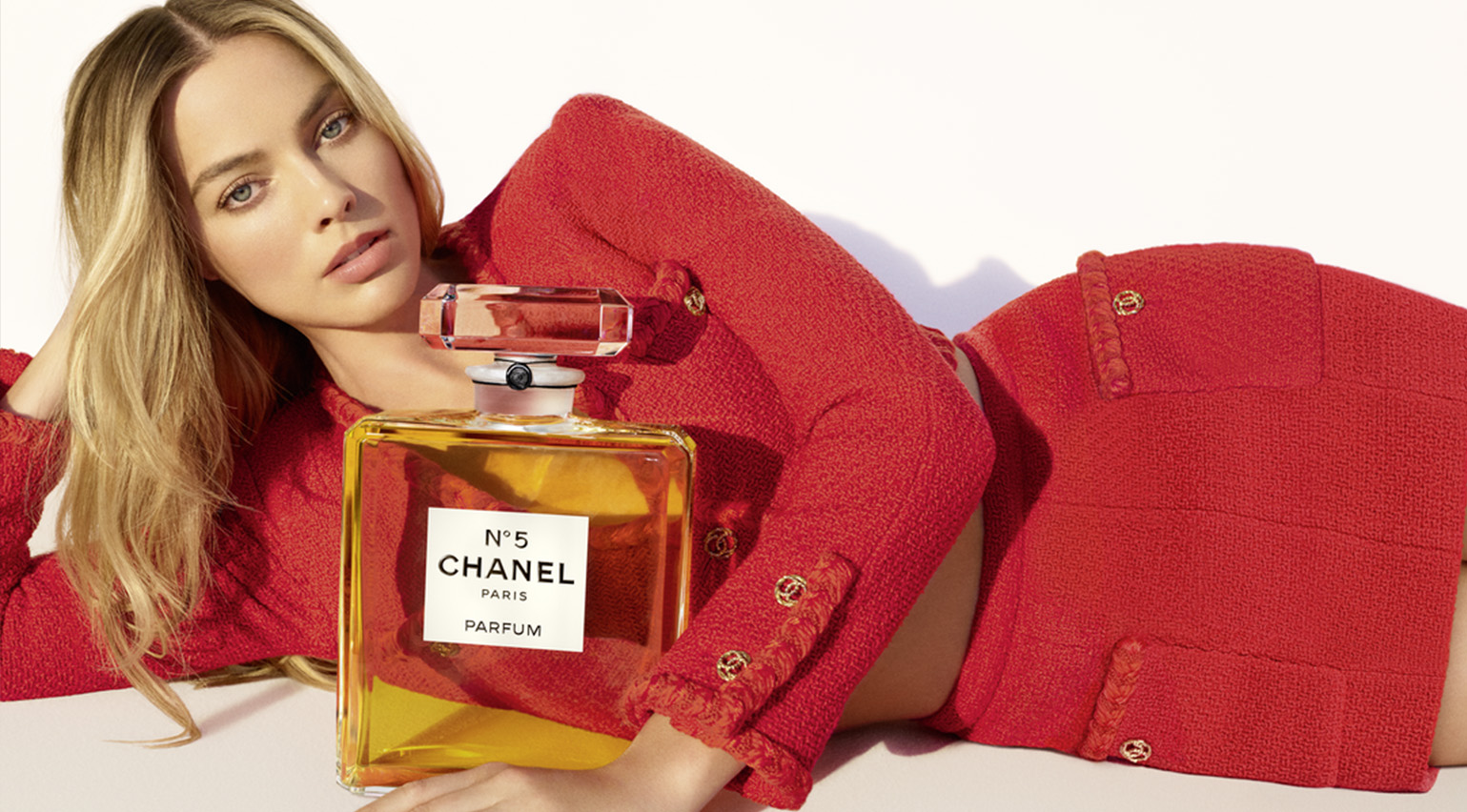 Margot Robbie, Marina Abramović and a 15-step Korean scalp treatment: the most-read Wallpaper* beauty stories of 2024
Margot Robbie, Marina Abramović and a 15-step Korean scalp treatment: the most-read Wallpaper* beauty stories of 2024The news of Margot Robbie becoming the face of Chanel No.5 and an illustrated guide to a 15-step Korean scalp treatment are just two of the most-read Wallpaper* beauty stories from the year gone by
By Hannah Tindle
-
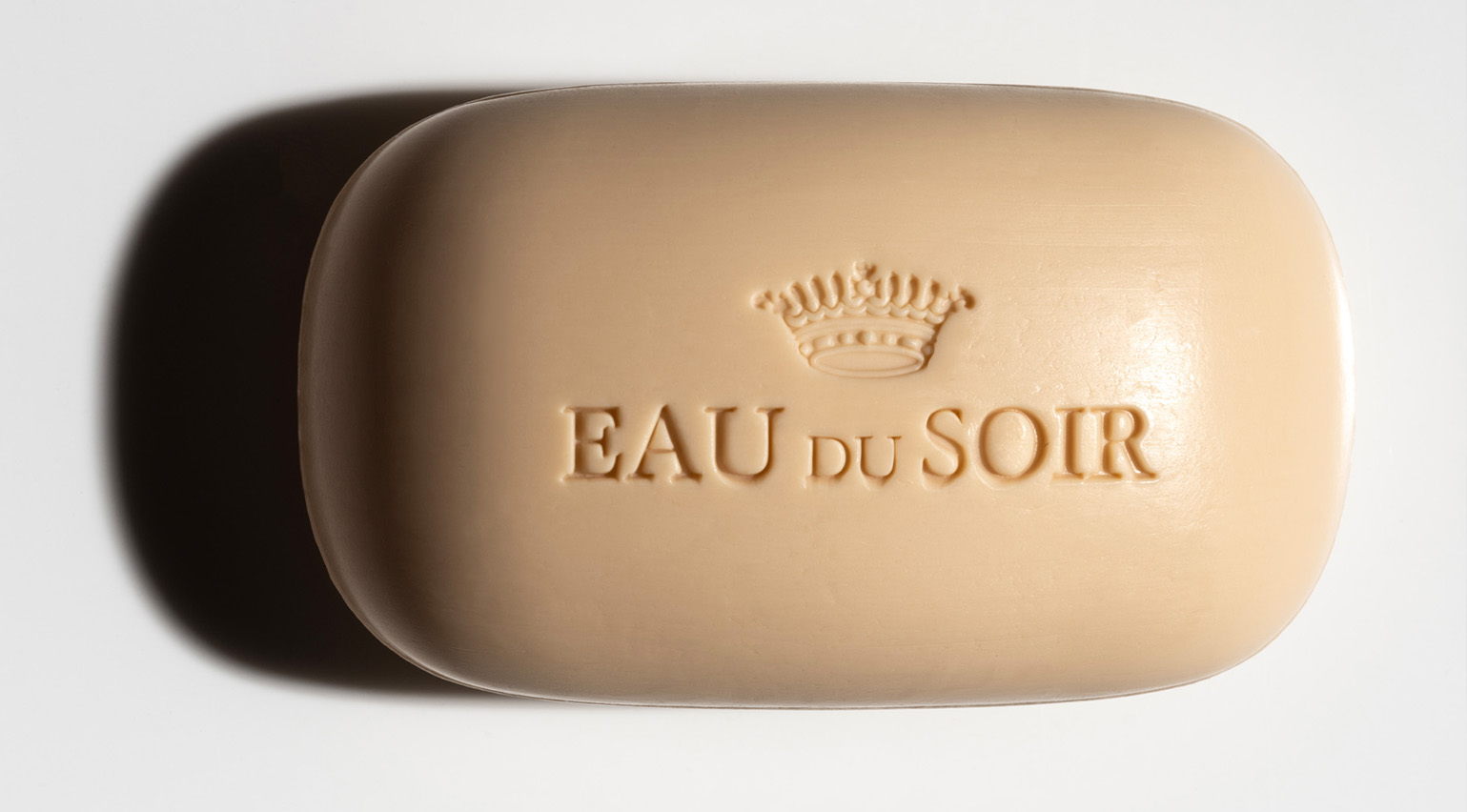 Unboxing beauty products from 2024, as seen on the pages of Wallpaper*
Unboxing beauty products from 2024, as seen on the pages of Wallpaper*Wallpaper's 2024 beauty picks included Chanel lipstick, Bottega Veneta perfume and solid soap from the likes of Aesop, Celine, Diptyque, Hermès and Sisley
By Hannah Tindle
-
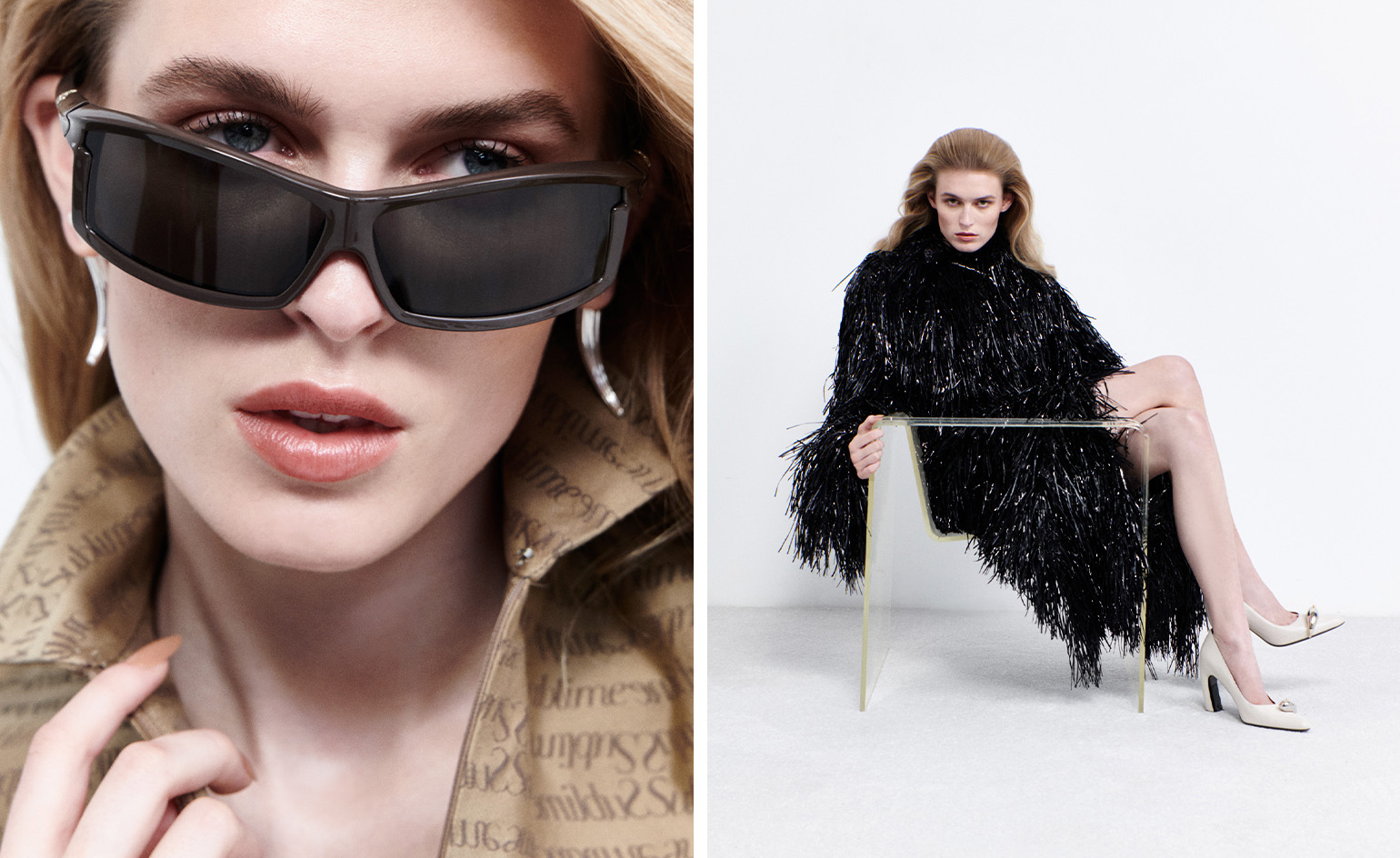 These illuminating fashion interviews tell the story of style in 2024
These illuminating fashion interviews tell the story of style in 2024Selected by fashion features editor Jack Moss from the pages of Wallpaper*, these interviews tell the stories behind the designers who have shaped 2024 – from Kim Jones to Tory Burch, Willy Chavarria to Martine Rose
By Jack Moss
-
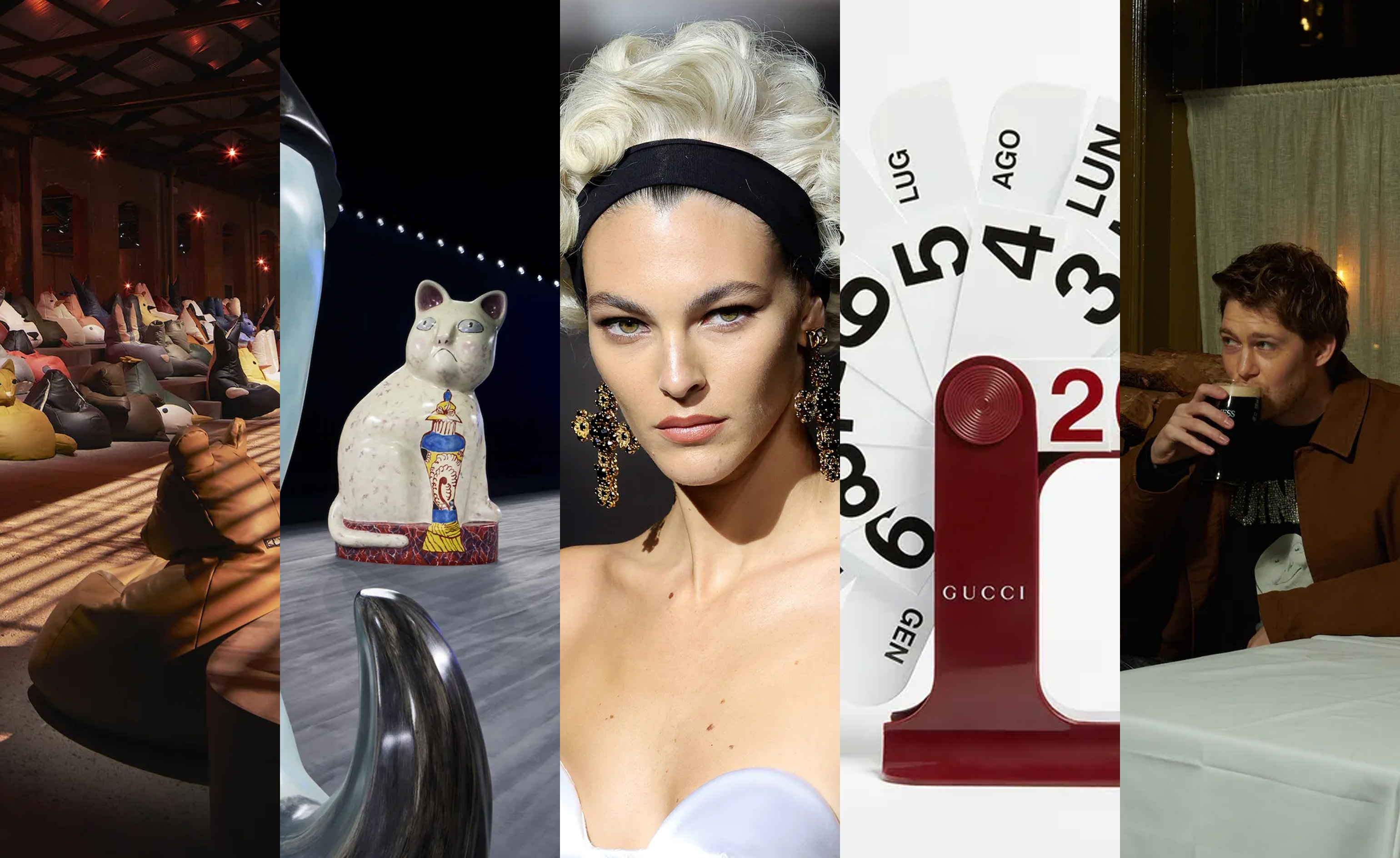 Giant cats, Madonna wigs, pints of Guinness: seven objects that tell the story of fashion in 2024
Giant cats, Madonna wigs, pints of Guinness: seven objects that tell the story of fashion in 2024These objects tell an unconventional story of style in 2024, a year when the ephemera that populated designers’ universes was as intriguing as the collections themselves
By Jack Moss
-
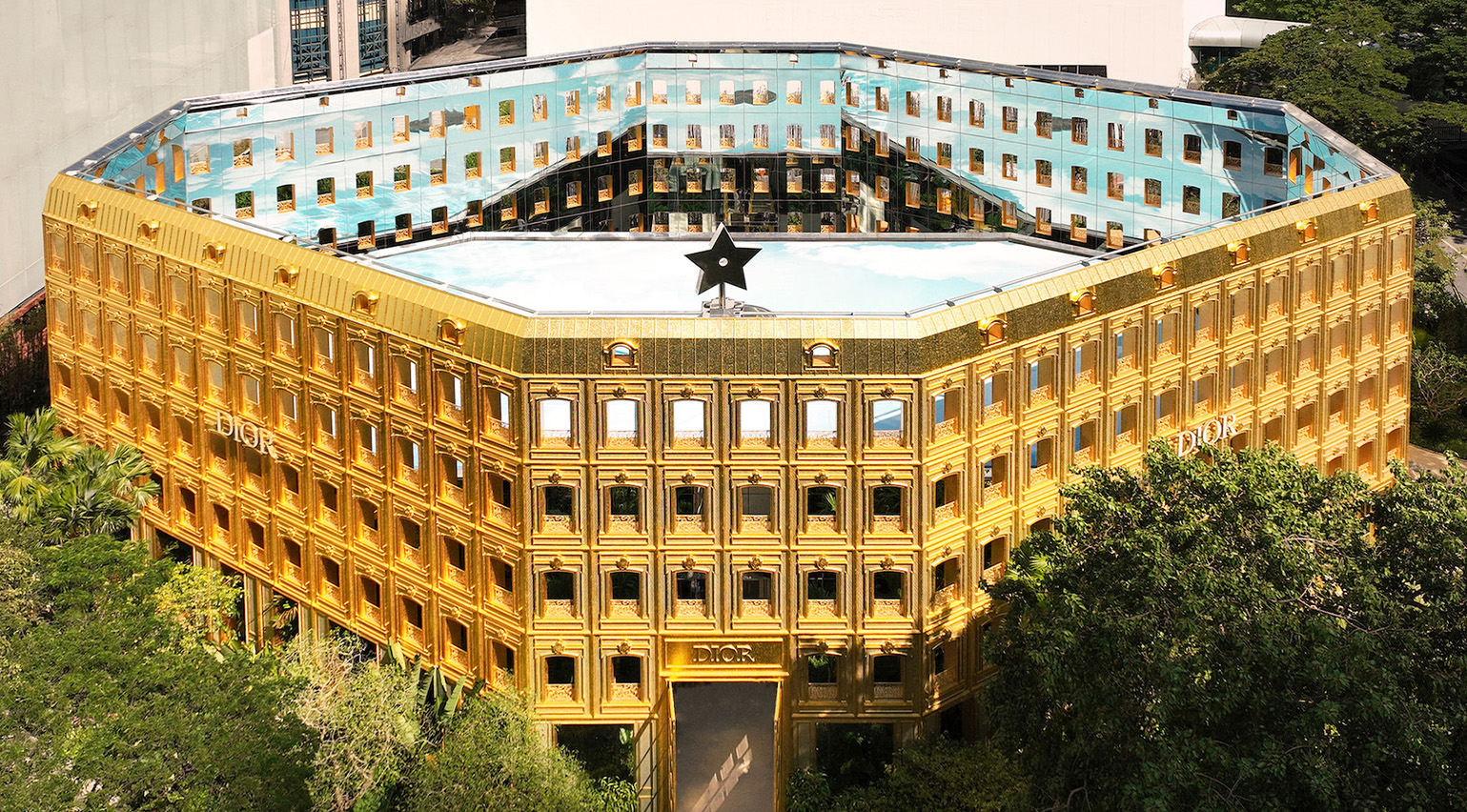 Inside Dior’s ‘Gold House’ in Bangkok, a spectacular celebration of Thai art and craft
Inside Dior’s ‘Gold House’ in Bangkok, a spectacular celebration of Thai art and craftDaven Wu takes a trip to Bangkok to discover ‘Gold House’, a gilded new concept store from Dior which is rooted in both Parisian savoir-faire and artisanal Thai craft, featuring a café, gardens and showstopping gilded facade
By Daven Wu
-
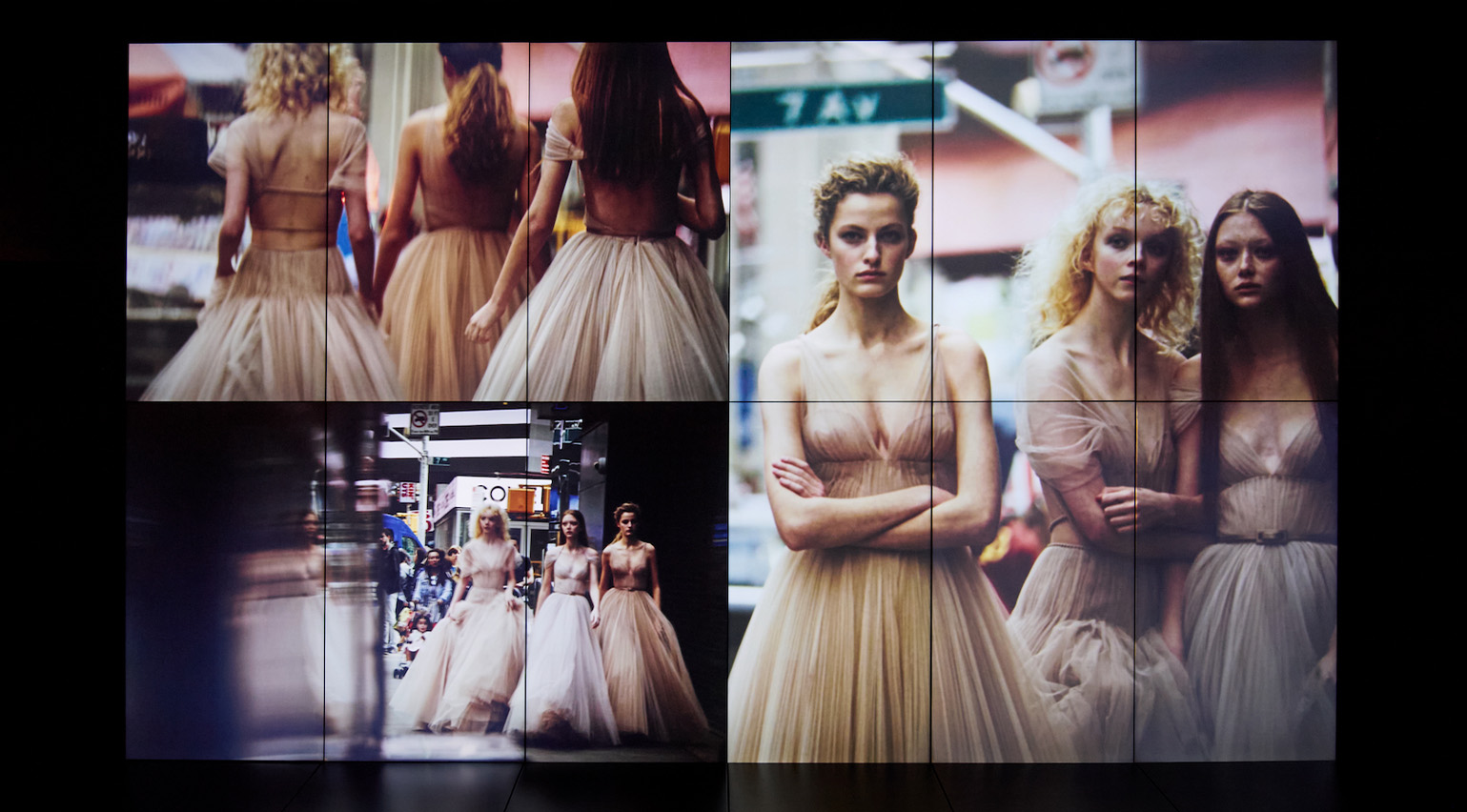 ‘He immortalised the birth of the supermodel’: inside Dior’s career-spanning retrospective of photographer Peter Lindbergh
‘He immortalised the birth of the supermodel’: inside Dior’s career-spanning retrospective of photographer Peter LindberghOlivier Flaviano, head of Paris’ La Galerie Dior, talks us through a new Peter Lindbergh retrospective, which celebrates the seminal German photographer’s longtime relationship with the French house
By Jack Moss
-
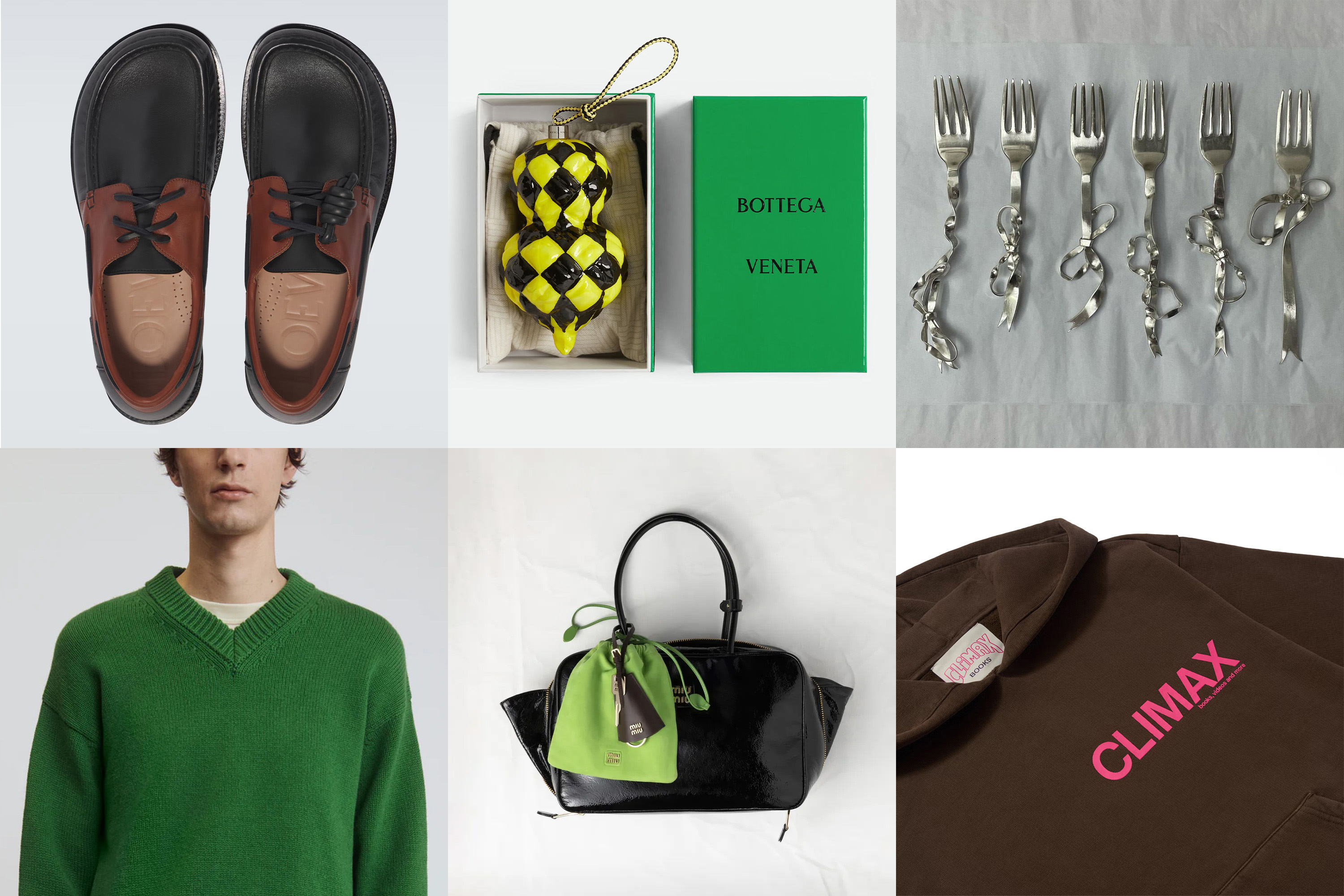 Fashion features editor Jack Moss’ style gift guide
Fashion features editor Jack Moss’ style gift guideWallpaper* fashion features editor Jack Moss compiles his fantasy festive wish list – from a surreal Bottega Veneta tree decoration to Hylton Nel’s Dior-approved ceramic cats
By Jack Moss
-
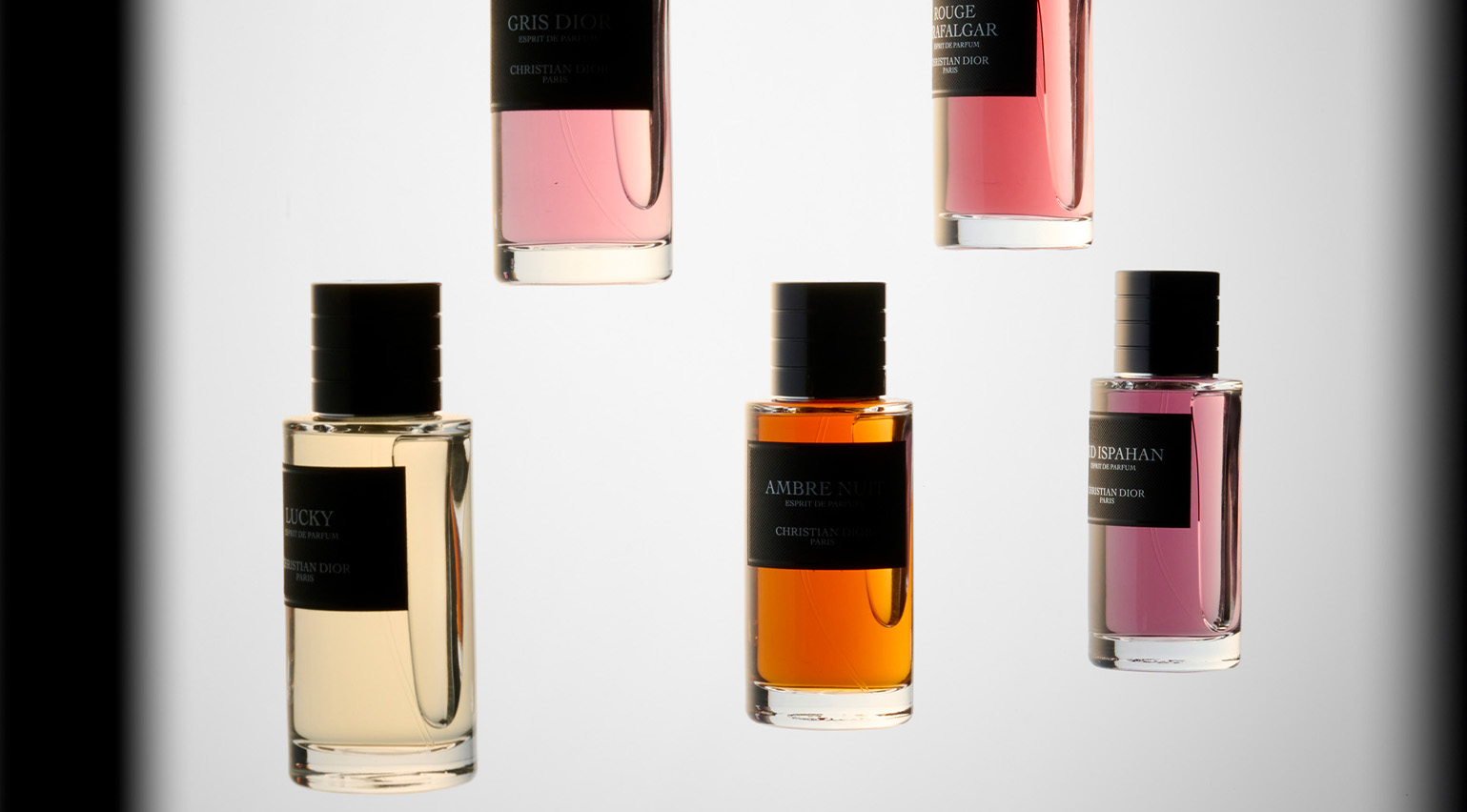 What makes a ‘winter perfume’? The Wallpaper* guide to fragrances that linger on the skin and in the air
What makes a ‘winter perfume’? The Wallpaper* guide to fragrances that linger on the skin and in the airThe Wallpaper* guide to winter perfume has been compiled by our beauty editor Hannah Tindle, including scents from the likes of Bottega Veneta, Frederic Malle and Marissa Zappas
By Hannah Tindle